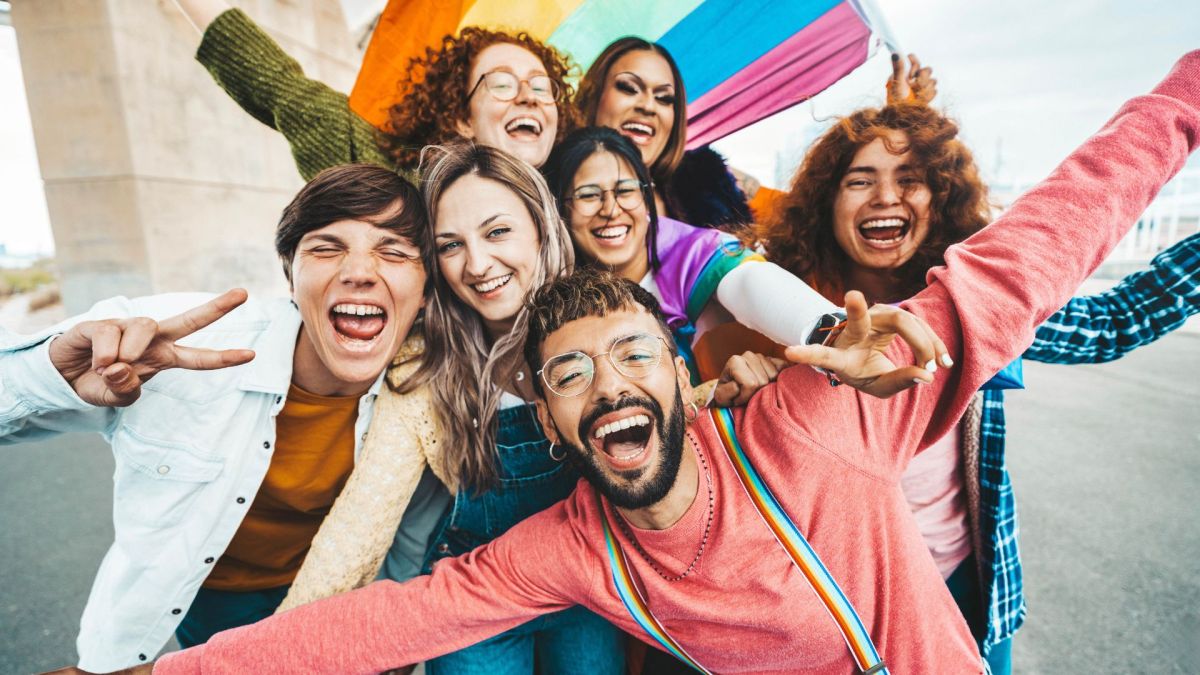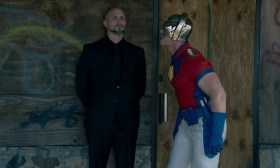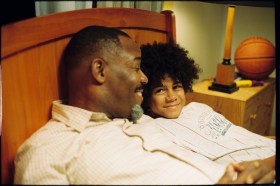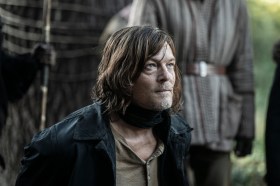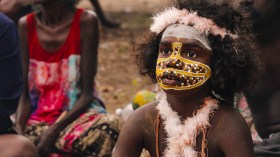The Screen Industry Diversity Network (SDIN) has published Everyone Counts 2.0, the second report produced from The Everyone Project, an online tool that tracks diversity in the Australian screen industry.
With a focus on gender, sexuality, ethnicity, language, socio-economic background and disability, the report provides a snapshot for how the Australian industry fares in terms of diversity on screen and behind the scenes.
Frequency of recruitment and intersectionality of these groups is also detailed, with all data compared to population benchmarks.
Jump to:
Australian screen diversity: report snapshots
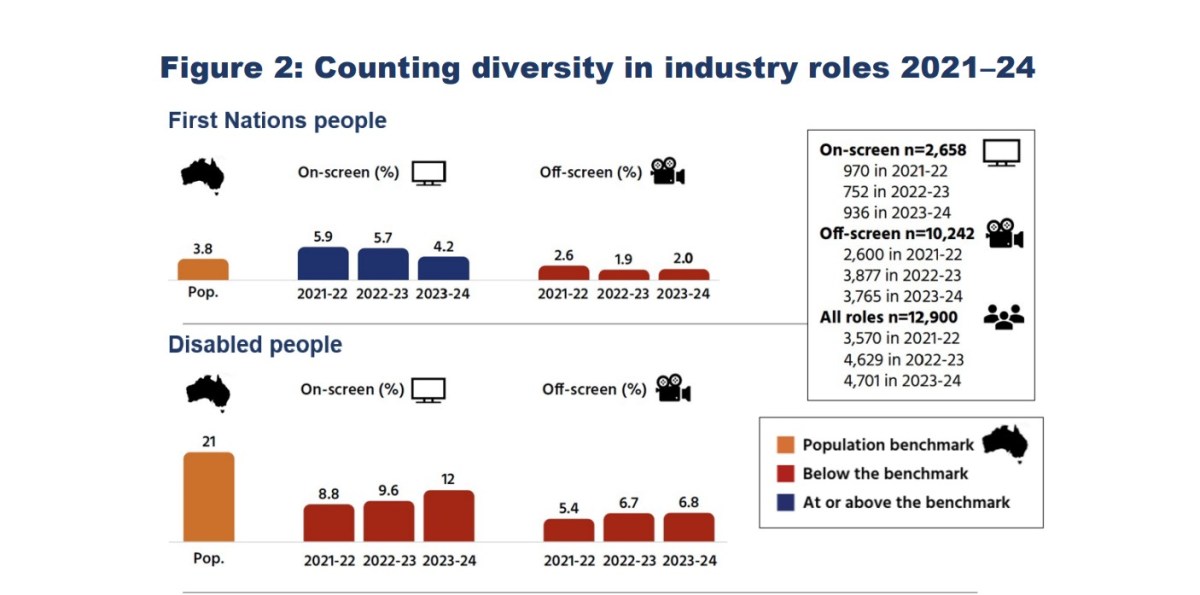
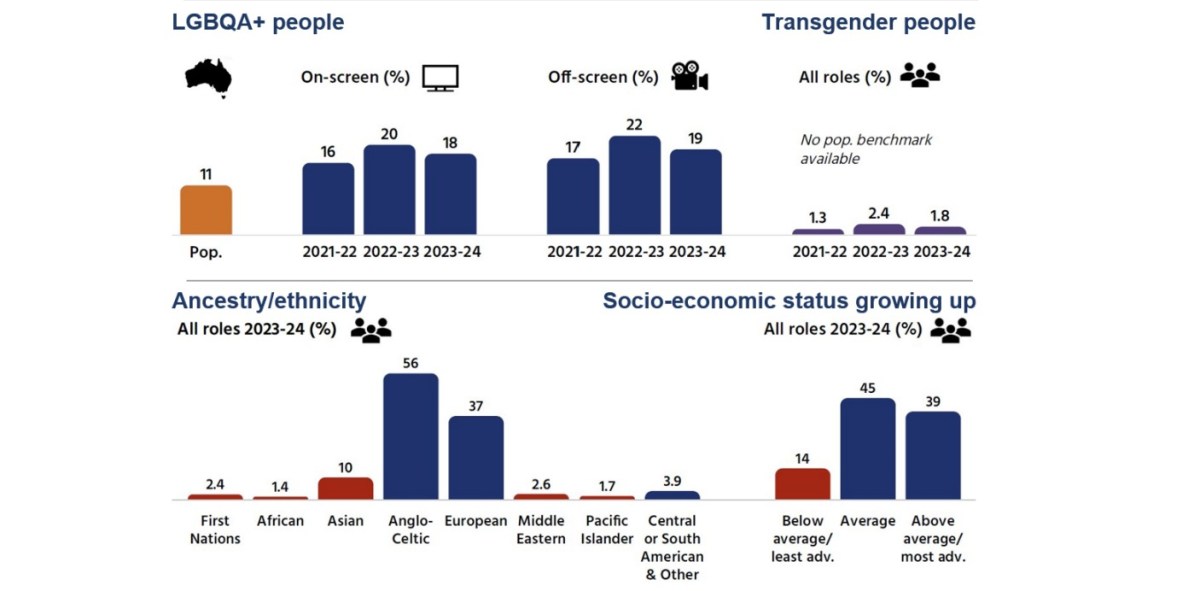
The following are some key takeaways found by the Everyone Counts 2.0 report, showing us where the Australian screen industry excels – and where there’s room for improvement.
Diversity in on and off-screen roles
In summary, LGBQA+ people have strong representation both on and off screen, but Transgender, Intersex and other gender diverse people do not. First Nations are well-represented in on-screen roles, but not so for off-screen (e.g. production) roles. The rate of disability representation has improved somewhat, but in general disabled people are not well represented in screen.
- First Nations people continue to be well-represented in on-screen roles but under represented in off-screen roles compared to the population benchmark. While rates of First Nations representation have declined in roles counted since, this is unlikely to reflect a significant trend due to the small size of this group relative to the size of the overall sample.
- Disabled people continue to be vastly under-represented compared to the population benchmark both on screen and behind the camera, but the rate of disability representation has improved in both on and off-screen roles counted since 2021–22.
- LGBQA+ people continue to have strong representation compared to the population benchmark, both on screen and off, but had particularly strong representation among roles counted through The Everyone Project in 2022–23.
- People with Asian and African ancestries/ethnicities continue to be under-represented compared to population benchmarks, and people with European and Anglo-Celtic ancestries/ethnicities continue to be over-represented.
- People who perceive their socio-economic status growing up as below average or least advantaged (considering their family’s work, wealth and education) are under-represented across screen industry roles overall. People who reported above average or most advantaged socio-economic status growing up are over-represented.
ScreenHub: Reckless: new First Nations ‘tense thriller’ rolls cameras in WA
Diversity in the talent pool
The following data tracks diversity in the people that comprise the wider talent pool of Australia’s screen industry.
The diversity in the TV and film talent pool in Australia over the last three years is as follows (numbers are based on the 6,976 unique individuals who were hired in the 12,900 on and off-screen industry roles counted over the first three years of The Everyone Project combined):
- 3.4% are First Nations, with a higher rate of disability among this group (13%) than in the talent pool overall (8.2%).
- 8.2% are disabled, with this group having higher representation of women (54%), gender diverse people (9.5%) and First Nations people (4.2%) than the talent pool overall (50%, 2.4% and 3.4% respectively).
- 20% are LGBQA+, with this group having higher representation of women (57%) and gender diverse people (12%) than the talent pool overall (50% and 2.4% respectively).
- 2.0% are transgender, and 0.8% are intersex with a further 1.6% reporting ‘unsure/don’t know’ if they were ‘born with intersex variation(s)’.
- 2.4% are gender diverse and 50% are women (the report points out that many screen industry roles remain gendered and that women may be more likely to respond to surveys).
- 26% are primary carers and a further 5.8% occasional primary carers.
- 20% are aged 55 years or over, a similar rate to Australia’s ageing workforce.
- 8.9% speak languages other than English at home (or in addition to English).
- 54% have Anglo-Celtic ancestry/ethnicity, 36% European, 11% Asian, 2.8% Middle Eastern, 2.3% Pacific Islander, 1.6% Central or South American and 2.0% African.
- 15% perceive their socio-economic status growing up as below average or
least advantaged (considering their family’s work, wealth, and education), 44% average and 39% above average or most advantaged.
How data is collected for the report
The Everyone Project is an industry-wide initiative to measure diversity and the inclusion of historically under-represented and excluded voices and filmmakers, and enables funding organisations to compare diversity on projects they fund with results across the industry.
The project aims to document the diversity of all roles on TV and film projects in Australia – from extras through to on-screen leads; producers through to runners; and hair and make-up through to visual effects; working on productions ranging from reality TV through to feature films.
Everyone Counts 2.0 collates data from the first three years of its cross-screen industry initiative, using a sample of 12,900 Australians in on and off-screen contributor roles, which comprises of survey answers from 6,976 unique individuals in 395 Australian TV and film projects from July 2021 to June 2024.
This year marks a notable increase in participation compared to data released in 2022 in Everyone Counts: Preliminary data on diversity in the Australian screen industry from The Everyone Project, which garnered responses from only 2,811 cast and crew across 70 TV and film productions completed in 2021–22.
‘As The Everyone Project continues to grow and evolve, we are pleased to note a continual increase in participation over the past three years, demonstrating SDIN members committed to increasing diversity and inclusion at all levels,’ said Adam Smith, founder of The Everyone Project.
‘With a clear alignment in our values and purpose, The Everyone Project is pleased to take on a new role supporting the administration of the SDIN, and we are committed to evolving The Everyone Project to ensure improved outcomes for industry.’
The Screen Diversity and Inclusion Network (SDIN) is a network of broadcasters, screen funding agencies, business associations, guilds and industry-aligned education and training organisations who have committed to work together towards an inclusive and diverse screen industry.
You can download the report here.
You can find out more about SDIN at the official website, and find out more about The Everyone Project 2.0 report at this website.
